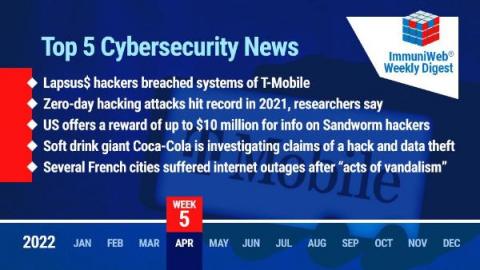Compromised Docker Honeypots Used for Pro-Ukrainian DoS Attack
Between February 27 and March 1, 2022, Docker Engine honeypots were observed to have been compromised in order to execute two different Docker images targeting Russian and Belarusian websites in a denial-of-service (DoS) attack. Both Docker images’ target lists overlap with domains reportedly shared by the Ukraine government-backed Ukraine IT Army (UIA). The UIA previously called its members to perform distributed denial-of-service (DDoS) attacks against Russian targets.











